Related Research Articles
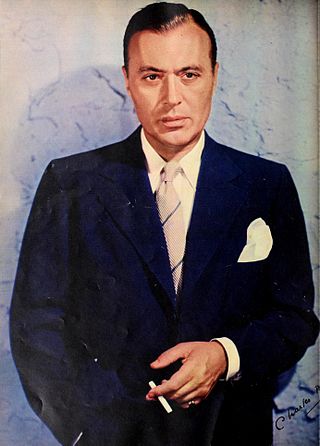
Charles Boyer was a French-American actor who appeared in more than 80 films between 1920 and 1976. After receiving an education in drama, Boyer started on the stage, but he found his success in American films during the 1930s. His memorable performances were among the era's most highly praised, in romantic dramas such as The Garden of Allah (1936), Algiers (1938), and Love Affair (1939), as well as the mystery-thriller Gaslight (1944). He received four Oscar nominations for Best Actor. He also appeared as himself on the CBS sitcom I Love Lucy.
Robert Florey was a French-American director, screenwriter, film journalist and actor.

George Randolph Scott was an American film actor, whose Hollywood career spanned from 1928 to 1962. As a leading man for all but the first three years of his cinematic career, Scott appeared in dramas, comedies, musicals, adventures, war, horror and fantasy films, and Westerns. Out of his more than 100 film appearances, more than 60 of them were Westerns.
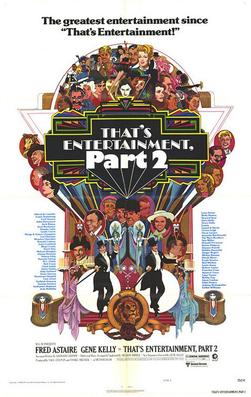
That's Entertainment, Part II is a 1976 American compilation film released by Metro-Goldwyn-Mayer and a sequel to That's Entertainment! (1974). Like the previous film, That's Entertainment, Part II was a retrospective of famous films released by MGM from the 1930s to the 1950s. Some posters for the film use Part 2 rather than Part II in the title.
Royden Denslow Webb was an American film music composer. One of the charter members of ASCAP, Webb has hundreds of film music credits to his name, mainly with RKO Pictures. He is best known for film noir and horror film scores, in particular for the films of Val Lewton.

Steven Geray was a Hungarian-born American film actor who appeared in over 100 films and dozens of television programs. Geray appeared in numerous famed A-pictures, including Alfred Hitchcock's Spellbound (1945) and To Catch a Thief (1955), Joseph L. Mankiewicz's All About Eve (1950), and Howard Hawks' Gentlemen Prefer Blondes (1953). However, it was in film noir that be became a fixture, being cast in over a dozen pictures in the genre. Among them were The Mask of Dimitrios (1944), Gilda (1946), The Unfaithful (1947), In a Lonely Place (1950), and The House on Telegraph Hill (1951).
George Sherman was an American film director and producer of low-budget Western films. One obituary said his "credits rival in number those of anyone in the entertainment industry."
David Miller was an American film director who directed varied films such as Billy the Kid (1941) with Robert Taylor and Brian Donlevy, Flying Tigers (1943) with John Wayne, and Love Happy (1949) with the Marx Brothers.

David Butler was an American actor, film director, film producer, screenwriter, and television director.

Jesse Louis Lasky Jr. was an American screenwriter, novelist, playwright and poet.
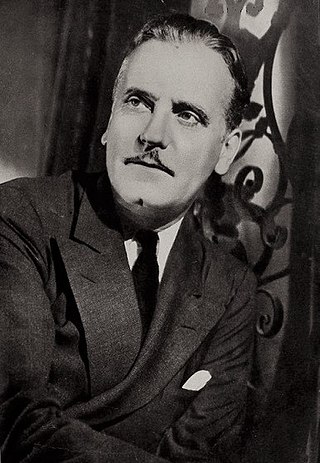
Raphael Kuhner Wuppermann, known professionally as Ralph Morgan, was a Hollywood stage and film character actor, and union activist. He was a brother of actor Frank Morgan as well as the father of actress Claudia Morgan.
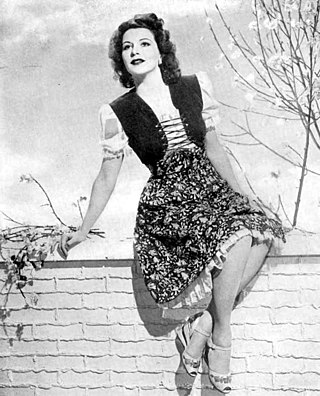
Julie Bishop, previously known as Jacqueline Wells, was an American film and television actress. She appeared in more than 80 films between 1923 and 1957.
Lewis D. Collins was an American film director and occasional screenwriter. In his career spanning over 30 years, he churned out dozens of Westerns.
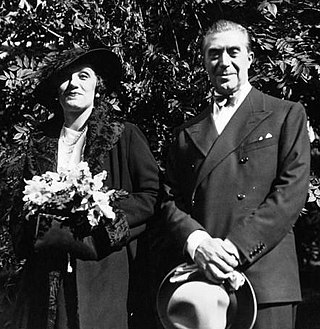
Victor Francen was a Belgian-born actor with a long career in French cinema and in Hollywood.
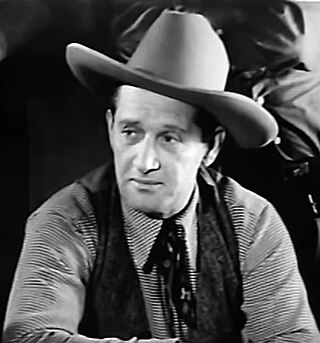
John Samuel Ingram was an American film and television actor. He appeared in many serials and Westerns between 1935 and 1966.
Lewis Seiler was an American film director. He directed more than 80 films between 1923 and 1958.
Ernst Fegté was a German art director. He was active in the American cinema from the 1920s to the 1970s, he was the art director or production designer on more than 75 feature films. He worked at Paramount Studios at the height of his career and won an Academy Award for Best Art Direction for Frenchman's Creek (1944). He was also nominated in the same category for three other films: Five Graves to Cairo (1943), The Princess and the Pirate (1944), and Destination Moon (1950). He also worked in television in the 1950s and was nominated for an Emmy Award in 1956 for his work on the series, Medic.
Leyland Hodgson, also known as Leland Hodgson, was an English-born American character actor of the 1930s and 1940s. Born in London on 5 October 1892, Hodgson entered the theatre in 1898. In his early 20s Hodgson was part of a touring theatre company, spending his time in the British areas of the Far East, before entering the stage in Australia. In 1930 moved to the United States, where he made his film debut in the Oscar-nominated film, The Case of Sergeant Grischa in 1930.
Carl Leo Pierson (1891–1977) was an American film editor who edited more than 200 films and television episodes over the course of his lengthy career in Hollywood. He also produced and directed a handful of movies.
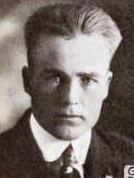
George Hiram Robinson (1890-1958) was an American cinematographer from Los Angeles.
References
- ↑ Reid 2005, p. 131.
- ↑ Reid 2005, p. 45.
- ↑ "David Hempstead". iTunes . Apple Inc. Retrieved 26 July 2018.
- ↑ Gordon, Marsha (2017). Film Is Like a Battleground: Sam Fuller's War Movies. Oxford University Press. p. 278. ISBN 9780190269753.
- ↑ Slide, Anthony (16 December 2014). "It's the Pictures That Got Small": Charles Brackett on Billy Wilder and Hollywood's Golden Age. Columbia University Press. p. 180. ISBN 9780231538220.
- ↑ Nott, Robert (5 May 2014). Evans, Max (ed.). The Films of Randolph Scott. McFarland Publishing. p. 43. ISBN 9781476610061.